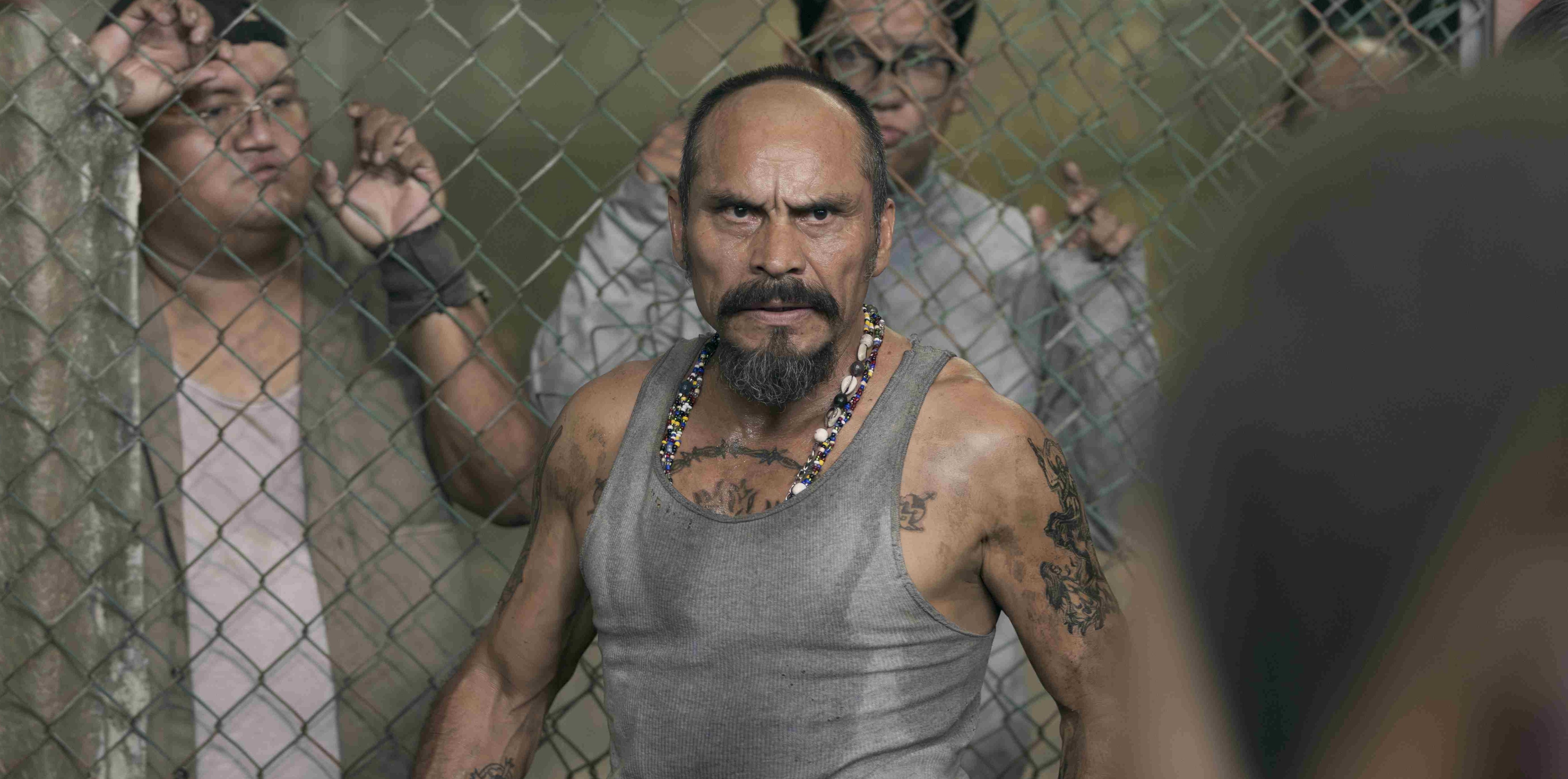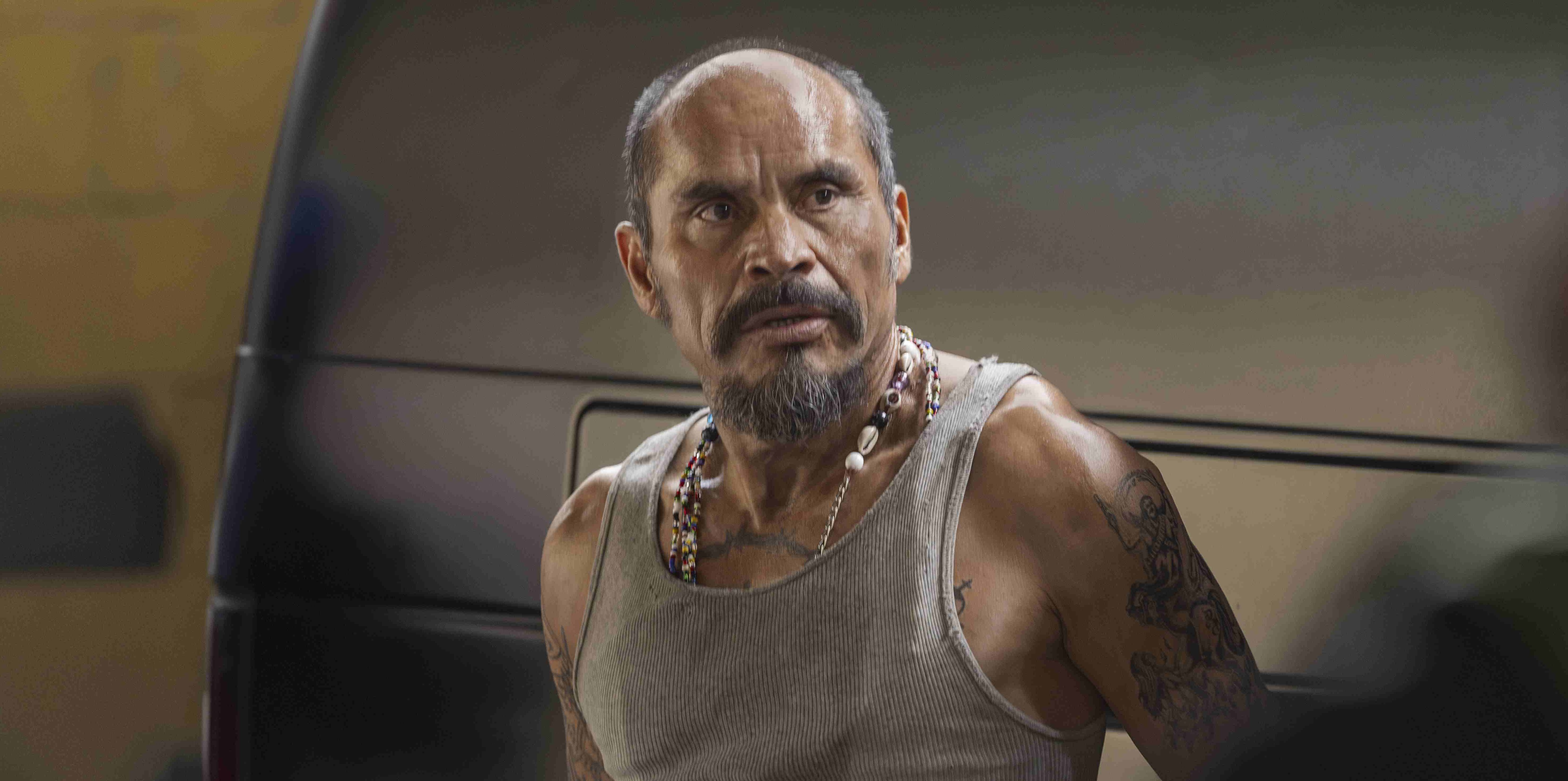Netflix’s ‘Prison Cell 211‘ is a harrowing tale of survival told through the eyes of Juan Olivera, a human rights lawyer, who finds himself trapped in a prison riot in the Mexican city of Ciudad Juárez. After chaos breaks out within the facility, Juan has to disguise himself as an inmate to slip past the suspicions of the lawless men and women around him. However, as the story progresses, the protagonist gets drawn further into the mess as he navigates personal loss with a secret objective. During his time in the facility, Juan learns the ins and outs of the prison’s dynamics and the people in charge of proceedings. One of the most integral characters in that regard is the convict Calancho, the main instigator of the prison riot who turns the establishment upside down in a matter of moments.
Calancho is a Fictional Convict With No Connections to Real-Life Figures
Calancho in ‘Prison Cell 211’ is a fictional character conceived by Francisco Pérez Gandul. The Netflix series allegedly takes inspiration from Gandul’s 2003 novel ‘Celda 211’ and the 2023 Ciudad Juárez prison attack. As such, there is a bedrock of strong sources driving the narrative, even if it does not line up precisely with either. The show is largely fictional and follows an original narrative dictated by Gandul’s imagination. However, in certain places, it does adhere to real-life events. Thus, it can be assumed that Calancho, the main prison riot instigator in the series, is a composite character vaguely drawn from a variety of influences that lend him a level of authenticity. However, at his core, the character is mainly fictional and serves a specific narrative purpose.

In the actual Ciudad Juárez prison break event, the leader of the Los Mexicles gang, Ernesto Alfredo Piñón de la Cruz, managed to escape the facility along with a retinue of others. Law enforcement eventually caught and killed him during a shootout on January 5, 2023. While Calancho in the Netflix series does not orchestrate a prison break, he is the main leader of the prison and the one who hands out the orders. It may be a stretch to suggest he is inspired by de la Cruz. However, there is some resemblance between them, particularly in how they are criminals in positions of authority. Ultimately, Calancho remains separate from the Los Mexicles gang leader because of his desire to set up camp within the prison itself. The convict decides to upset the established order and instigates a riot to seize power from the prison authorities, which differentiates him from de la Cruz.
As the narrative progresses, Calancho starts warming up to Juan and sees a fire in him that is similar to his. Despite his previous crimes, the character is shown to be principled and noble when needed, disallowing the inmates in his facility from mistreating the hostages or raping women. He eventually gains Juan’s respect, and the same happens on the opposite side. He plays a pivotal role in Juan’s slow descent into the dark side and his punishment in the hellish quarters of Cereso 38 state prison. The character almost acts as an anchor and mentor to Juan, helping him understand the severity of his situation and the depths of human depravity. Still, Calancho’s narrative prominence does not alter his origins as a fictional character who does not exist in reality.
Read More: Prison Cell 211’s True Story: Is Juan Olivera Based on a Real Human Rights Lawyer?


You must be logged in to post a comment.